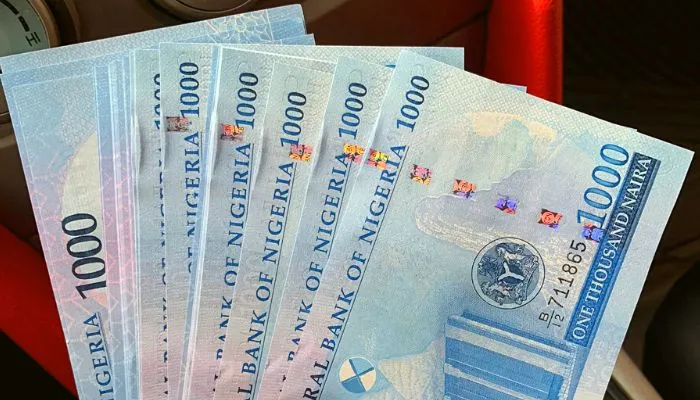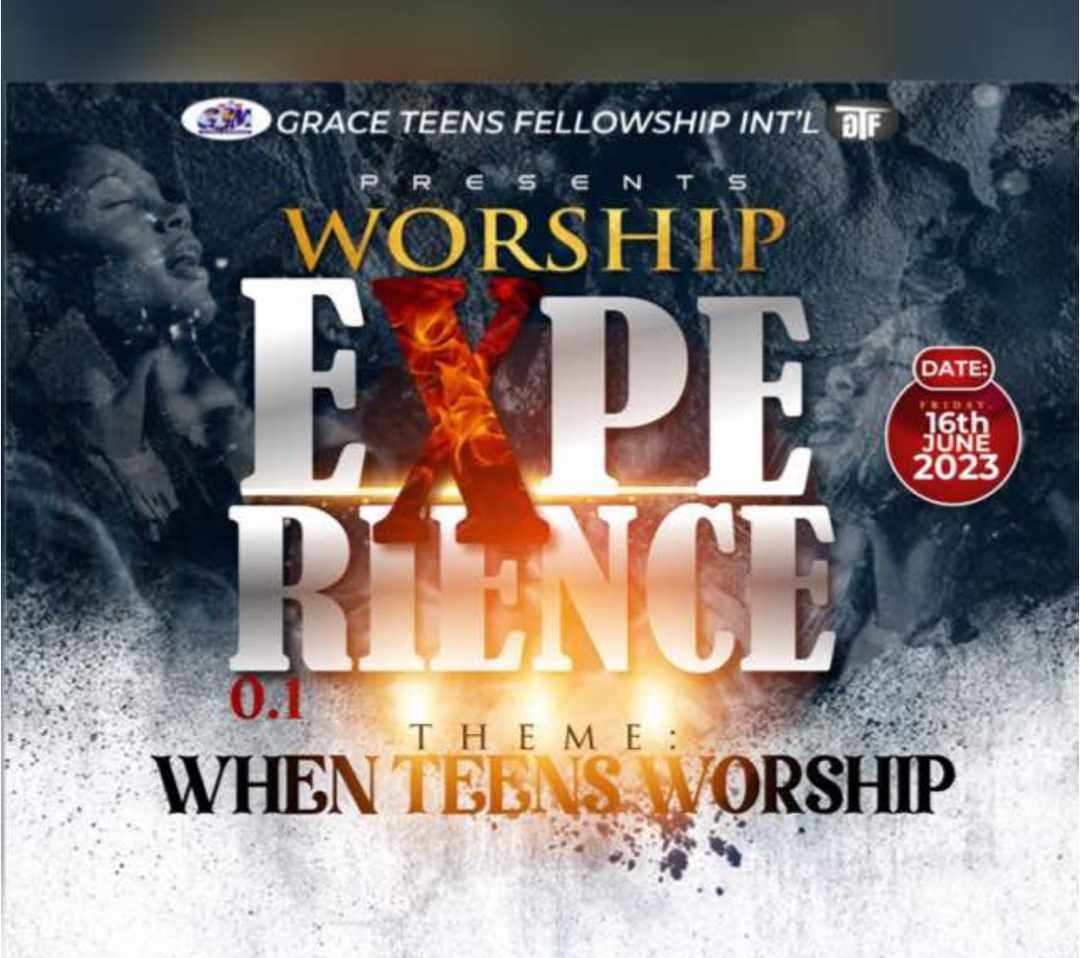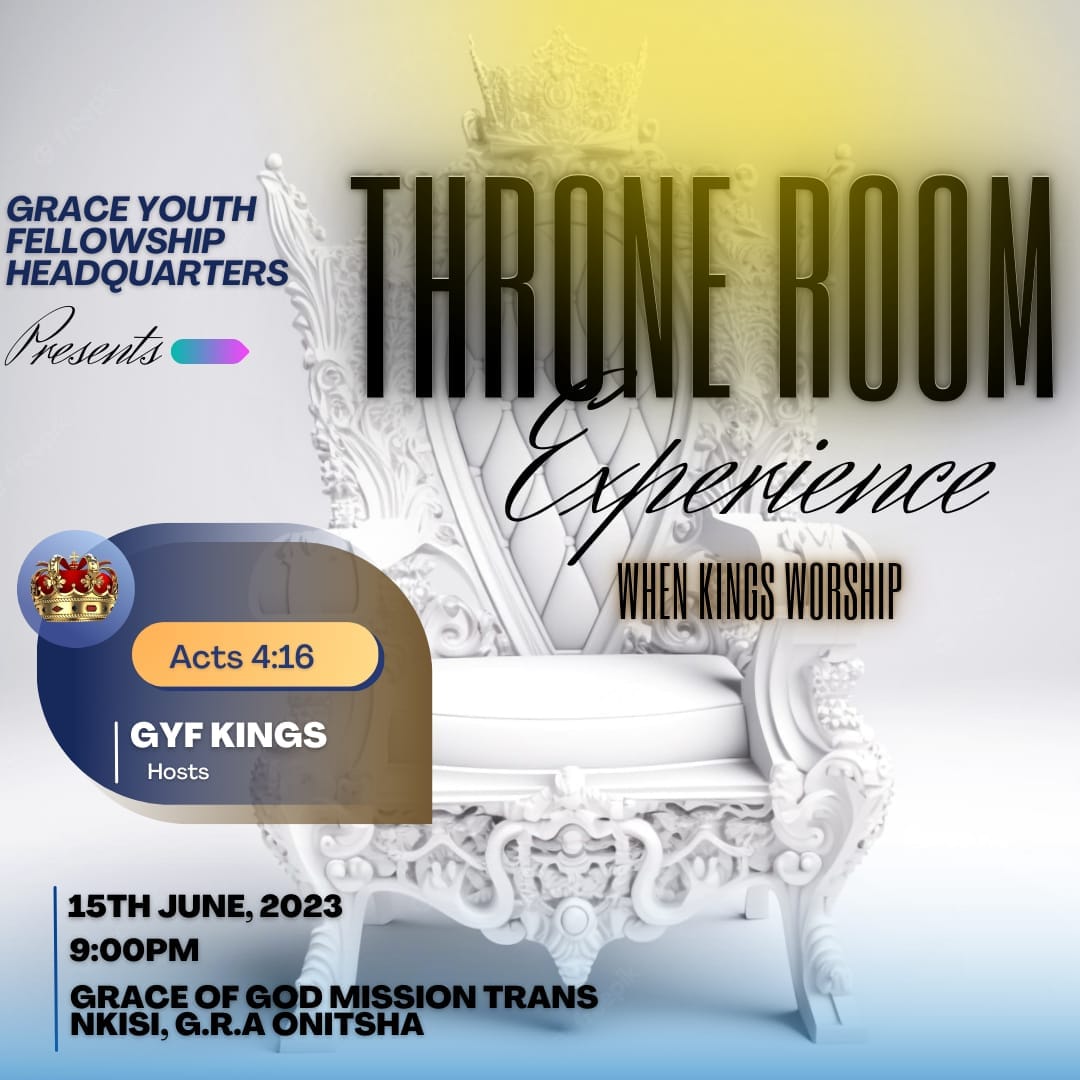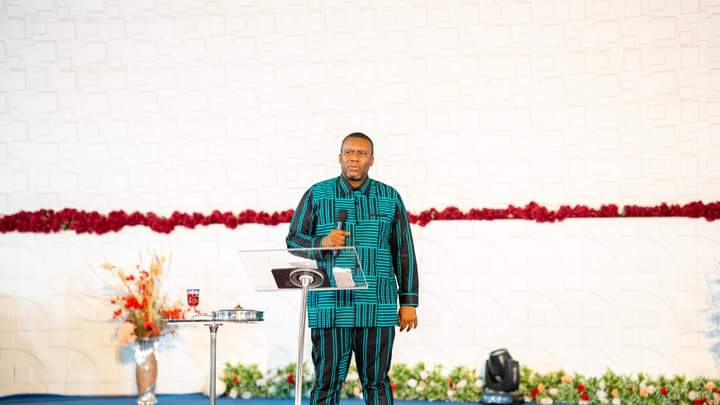Nigeria has officially floated its naira currency after years of sticking with a hard peg that spooked investors and drained dollars from the economy.
The development means buyers and sellers of foreign currency in the official FX market are now allowed to quote rates they find comfortable in the FX market, as against previous practice where rates were dictated by the Central Bank of Nigeria (CBN).
The Investors & Exporters (I&E) window is now quoting a range of between N750 and N755/$, according to customers who cited emails received from their banks.
That implies a 21 percent decline in the naira compared to the previous rate of N463/$ which the Central Bank of Nigeria (CBN) is still quoting as the I&E rate on its website. However, the last time the CBN updated the rate was June 9.
The latest move by the CBN follows President Bola Tinubu’s suspension of CBN governor Godwin Emefiele whose unorthodox monetary policies had become a stumbling block to investors and the economy.
The exchange rate could go as high as N800 by the end of today, according to some bankers, who say an initial knee-jerk reaction could cause the naira to weaken sharply before recovering some lost ground.
“Given that this new rate in the official market is the same as the parallel market, there is no incentive for people and businesses with genuine transactions to patronize the parallel market, hence FX trading activity in the parallel market will slow down significantly,” Abiola Rasaq, an economist and former head of investor relations at United Bank for Africa.
“Subsequently, the official market should attract more FX supply and rate should gradually ease in the I&E window, and such would cause rates in the parallel market to also ease,” Rasaq said.
The CBN’s next move should be to prioritise supply of dollars to support the naira float.
“The convergence of the rates is only the first step, the next step is the most crucial and that is to boost supply into the market,” a source told BusinessDay.
“No foreign investor will come without a hedge and that can only come when there is assurance of supply. That’s the hard work,” the source said.
Another knowledgeable source is of the view that allowing the market to determine the FX rate is only the first of six steps to fixing Nigeria’s broken FX market.
The second step must be to provide a hedge mechanism that is priced in line with the market while the third step is to ensure market yields are attractive to Foreign Portfolio Investors (FPI).
The next steps are to ensure transparency and remove all controls around domiciliary accounts. Finally, there is also a need to clear the dollar backlog in the market in order to attract FPIs.
“The focus is on supply,” the source said.
Expectations are high after the initial move to fix Nigeria’s broken FX market.
Chidi Uzo, a fund manager at Stanbic IBTC Pension Managers Ltd, said the move was “a bold step in the right direction.”
“However this should go in tandem with the lifting of capital restrictions for investors waiting on the sidelines to repatriate their funds. We expect foreign investor participation to be swayed by the extent to which capital is allowed to flow freely,” Uzo said.
“Overall, the effective harmonisation of Nigeria’s multiple exchange rates by allowing market forces to determine the fair value of the naira should immediately reverse the multi-year widening spreads between the official exchange rate and the parallel market exchange rates,” he said.













